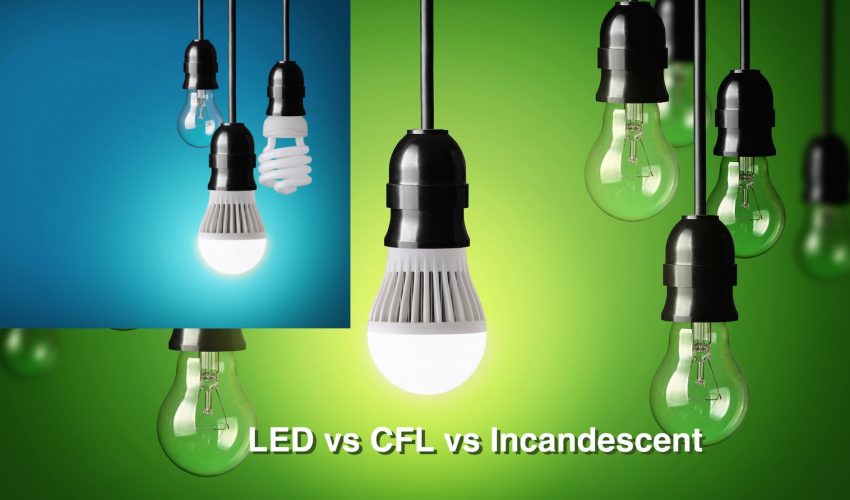
Chances are, you’ve already heard of all kinds of ways you can save electricity, including the age-old advice to turn off the lights when you leave a room. Well, now there’s a light bulb that could change all of that. The LED light bulb is a new arrival that’s changing the lighting landscape.
A Comparison of Light Bulbs
Incandescent light bulbs have held the honor of being the warm, homey lighting in living rooms everywhere. These bulbs contain a filament wire, which is heated until it glows and produces light. A CFL (compact fluorescent light) is a spin-off of the commercial fluorescent light bulb. This spiral-shaped light bulb lights up when the mixture of argon and mercury gases are activated by electricity. The LED light bulb, which has only been adapted for use since 2009, produces light when an electrical current illuminates light-emitting diodes (hence the term “LED”).
CFL light bulbs can last up to 9 years and save up to 75 percent in energy costs, but LEDs go even further. LEDs save up to 80 percent in energy costs and could potentially last up to 22 years (or 11 years of continuous operation!) To put it in perspective: incandescent light bulbs are expected to have a lifetime of 1,000 hours while LED light bulbs are expected to have a lifetime of 10,000 hours.
Where to Install LED Lights
So, if these lights are so awesome, why haven’t they taken over the light bulb world? Well, there are a few flaws that are still being worked out. LEDs produce intense directional light, not diffused light, which means that they’re not as practical for general residential lighting. They generally don’t work with dimmer switches or enclosed housing. If an LED bulb is enclosed, it returns its heat output to itself and burns out the bulb. Since LED lights cost more, this scenario nixes the cost savings.
An electrician can help you determine where you can utilize LED lighting and realize a substantial cost savings. Generally, they can be installed under cabinets, in recessed downlights, and in strings of holiday lights. (Imagine having Christmas lights that never need to be replaced!) LED lighting is especially helpful in commercial buildings where the strong, direct lighting of LED lights improve employee performance and where LED lighting retrofits are helping businesses save money and reduce energy costs.
LED bulbs are still developing into an option that regular people can use. It’s only been as recent as 2008 or 2009 when LEDs began to be a viable replacement for regular light bulbs. But who knows—they might completely replace both incandescent and CFL light bulbs in the very near future.

